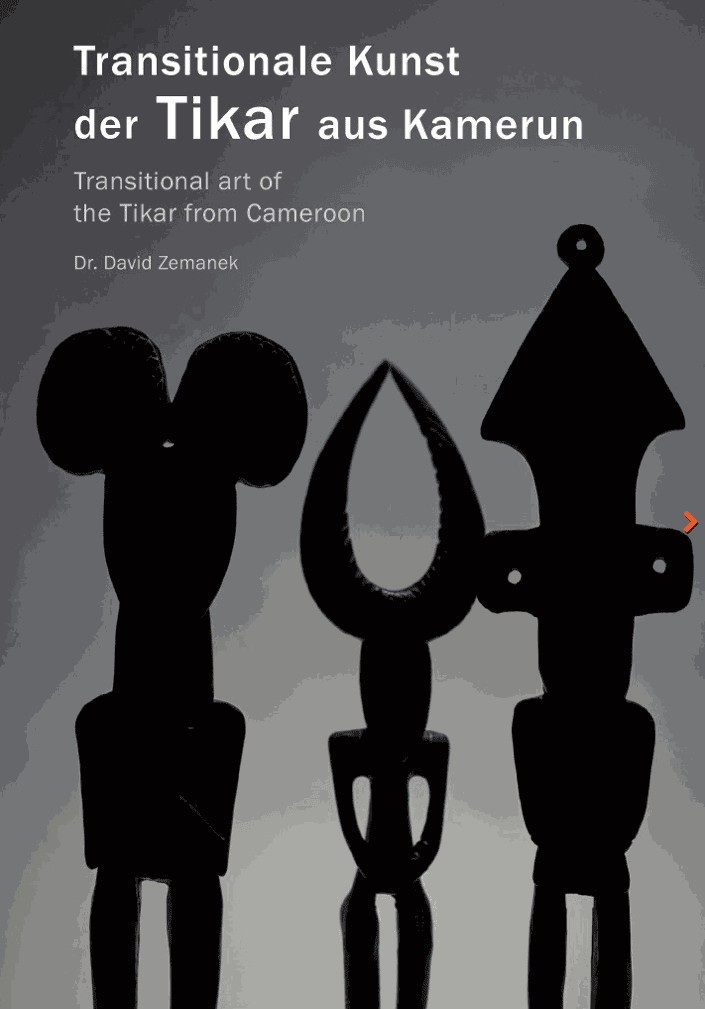
I would like to bring your attention to a new book by David Zemanek, “Transitional Art of the Tikar from Cameroon”. This monograph studies a single type of statuary made by the Tikar as a response to Western demand. This publication must be one of the very first ever to focus on the production of art works solely made with the reason to be sold to early tourists and colonial administrators. While the response of African artists to the emergence of a new clientele has been widely documented, the art itself has rarely been the subject of much research (with the exception of the so-called “colons”). Through his work as an expert for his family’s auction house David Zemanek often came across these Tikar statues and was intrigued about their origin. Examples could already be found in German collections before 1914. Western modernist artists might have been influenced by African art, but as this book shows the inverse was also true, with Tikar sculptors being influenced by Western ideas. The Tikar figures under discussion are a good example to show how local sculptors responded to the increased demand for their art by freely combining traditional elements and adding new stylistic features and thus developing a transitional type of art. Artists were able to break free of the traditional patronage system and create a new type of sculpture. This newly acquired stylistic freedom is easily distinguishable in the variety of the 25 presented statues.

Eleven different types of faces. Illustrations by Adam Fisher.
The book also documents the shifting perception of these figures; while mid-century experts in their ignorance might still have considered them authentic, or dealers unscrupulous presented them as such, through time it became very evident they lacked any traditional use and were merely made to be sold. The typical African art collector hence will not waste his time on them, yet they do play a role in African art history in the proces of emancipation of African artists. While these statues still are anonymous works, and lack a signature, they did buy individual and financial freedom for their makers by creating a new form of livelihood.
In the tense current debates about restitution the agency of African artists and dealers remains a neglected topic. In that sense I find it very praiseworthy for Zemanek to add a new layer to the ongoing discussions. These Tikar statues were clearly manufactured as commercial goods, and never looted or stolen – should they also be returned?
You can order the book here, or read more about it on ÌMỌ̀ DÁRA here.
